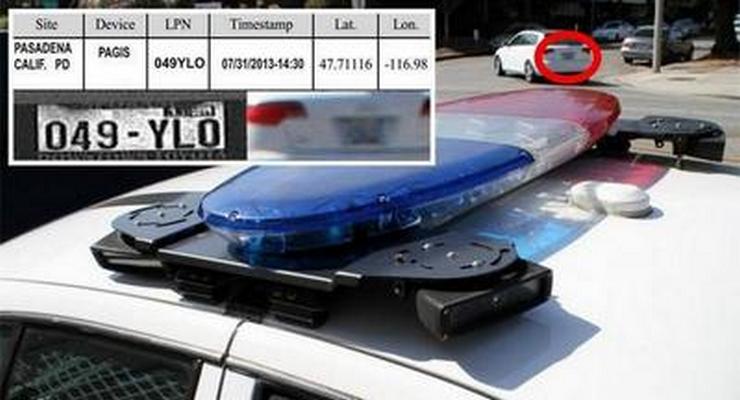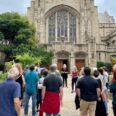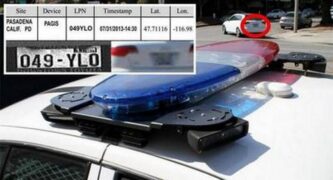
The City Council agreed to accept a $34,390 federal grant to expand the city’s automated license plate reader (ALPR) system, part of a broader initiative to strengthen local crime prevention and investigative capabilities through advanced technology.
But not before the discussion of privacy vs, technology again became a topic of discussion, although brief this time.
ALPR systems work by using cameras and software to automatically scan license plate numbers from passing vehicles.
The system runs the captured license plate numbers through databases that include license plate numbers of stolen vehicles and vehicles linked to people wanted in connection with a crime.
If a match is found, an alert is triggered, notifying law enforcement.
According to a City staff report, the ALPR system will not be used for traffic enforcement or facial recognition. Instead, it is intended as a tool to deter criminal activity, assist with suspect identification, and enhance real-time investigative efforts.
Still, that did not dissuade one local resident from questioning the item being placed in the consent calendar. According to Yadi (no last name given) the item should have gone to the Police Oversight Commission, Public Safety or Legislative Policy.
“It’s buried in [the agenda] and it’s very concerning,” said Yadi.
“I just want to ask you to kick this back to the proper committee,” said Yadi.
The item went to the Finance Committee, and cannot go to another committee due to a potential Brown Act violation. The Brown Act prohibits the City Council from building consensus outside of City Council meetings.
However, the item was presented to an ad hoc meeting of the CPCOC.
After a brief discussion, the City Council received the same presentation the Finance Committee did after Jason Lyon questioned if the committee discussed or were informed of policy designed to assuage policy concerns.
“The camera is only gathering information on the things I can see standing on the street. Is that correct?” Lyon asked.
Councilmember Tyron Hampton agreed to support the item, but said in the future he could not support items on technology that was heard by the full CPOC.
The City currently has 78 cameras across the City.
The cameras will be mounted on existing traffic signal poles and positioned to capture images of the rear of vehicles as they exit intersections.
Cameras will be placed at San Gabriel Boulevard and Colorado Boulevard, Los Robles Avenue and Orange Grove Boulevard and Altadena Drive and Foothill Boulevard
The locations were selected based on traffic flow, ingress and egress points, and recent crime statistics.
All images and data will be stored securely, with no direct linkage to DMV records or third-party databases. The use of the cameras is governed by a department policy which outlines strict protocols for deployment, data access, and retention.
The department has used ALPR technology for the past five years.
The grant, awarded through the Edward Byrne Memorial Justice Assistance Grant (JAG) Program, will fund the lease of approximately 10 new fixed ALPR cameras to be installed at key intersections throughout the city.
The additional units funded through this grant will expand coverage across high-priority locations and improve data collection capabilities.
The Edward Byrne Memorial JAG Program is the U.S. Department of Justice’s primary vehicle for delivering federal criminal justice funding to state and local agencies.
Named for Edward “Eddie” Byrne, a New York City police officer killed in the line of duty in 1988, the program supports a range of initiatives including crime reduction, community safety, officer training, and equipment acquisition.
As part of Monday’s action, the City Council also amended the Police Department’s Fiscal Year 2025 operating budget to recognize and appropriate the grant funds.
This is the fourth time Pasadena has received a JAG award in recent years.
In 2023, the city received $43,334 for a portable Simunitions training structure used in officer de-escalation training, which was delivered earlier this year. That same year, a separate $40,233 grant funded concealable audio devices for the Robbery Homicide Division and a “throw phone” for the Crisis Negotiations Team—a communication tool used during standoff and barricade incidents.
In 2022, the department was awarded $43,434 to purchase an x-ray machine designed to detect narcotics in hidden compartments of vehicles. That machine has been deployed in more than a dozen investigations and contributed to the seizure of over $221,000 in suspected drug proceeds. Additionally, 19 fentanyl test kits were purchased with the same grant.


















